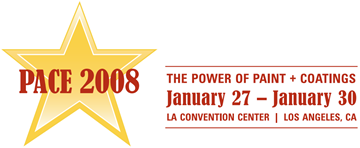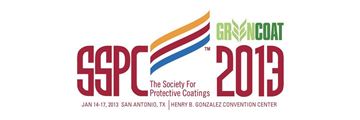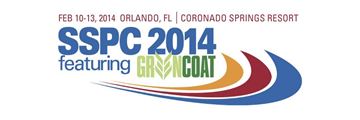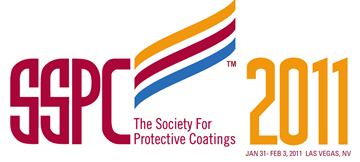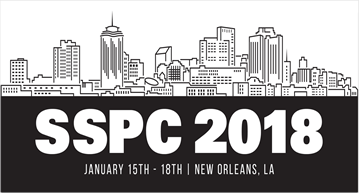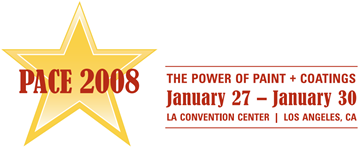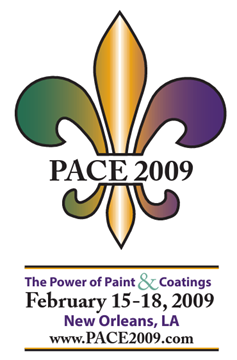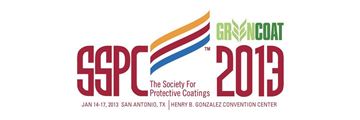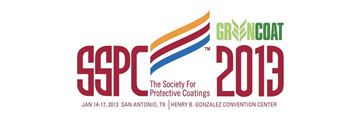Search
Products tagged with 'coating selection'
View as
Sort by
Display
per page
Optimization of Non-Toxic Anticorrosives in Water Borne Coatings
Product Number:
51217-075-SG
Publication Date:
2017
$20.00
Painted Aluminum – Concerns with Fabrication Details and Exposure
Product Number:
41213-786-SG
Publication Date:
2013
$20.00
Preparation of Concrete for Rapid Coating Application
Product Number:
41214-822-SG
Publication Date:
2014
$20.00
Protective Coatings in 21st Century Nuclear Plants
Product Number:
41211-647-SG
Publication Date:
2011
$20.00
Put Down that Blast Nozzle! How to select and optimize wet or vapor abrasive blasting equipment
Product Number:
51218-114-SG
Publication Date:
2018
$20.00
Renovation and Seismic Upgrade of a 1930’s Ford Assembly Plant
Product Number:
41209-499-SG
Publication Date:
2009
$20.00
Selection and Specifications for Architectural and Industrial Maintenance Coatings for Commercial Architecture
Product Number:
41213-799-SG
Publication Date:
2013
$20.00
Selection of Coating Systems for CUI Service
Product Number:
41213-769-SG
Publication Date:
2013
$20.00
Standards, Training and Certifications in the Marine Coatings Industry
Product Number:
41216-948-SG
Publication Date:
2016
$20.00
Standards, Training, and Certifications in the Wastewater Industry
Product Number:
41216-988-SG
Publication Date:
2016
$20.00


